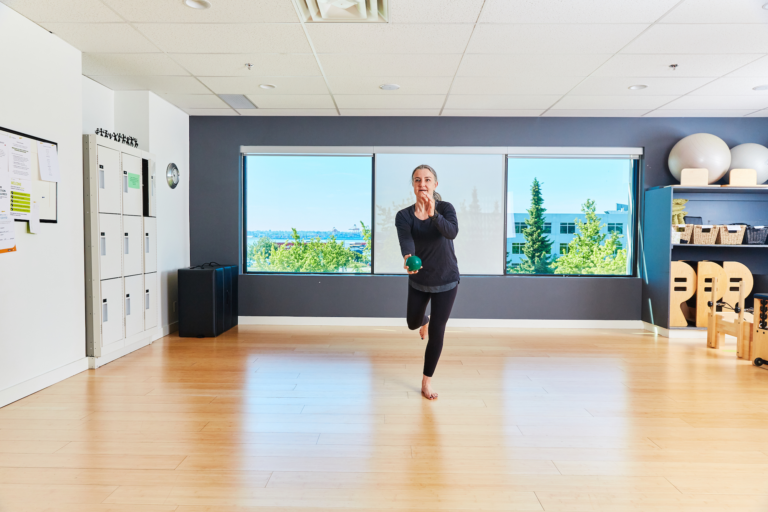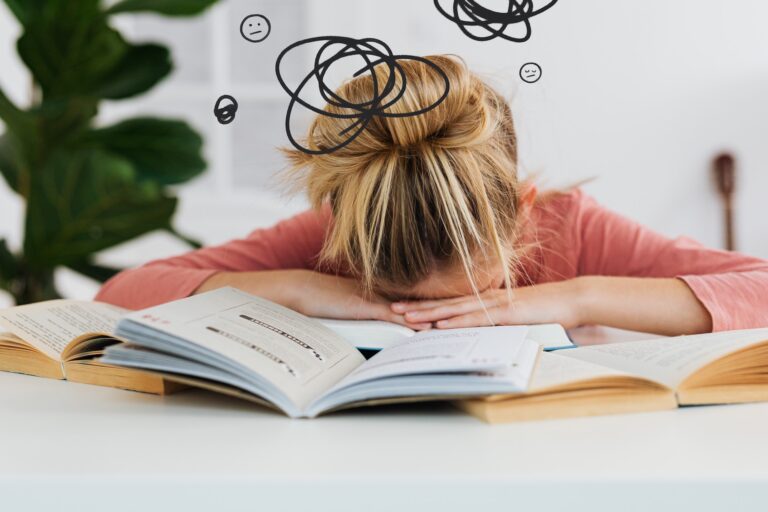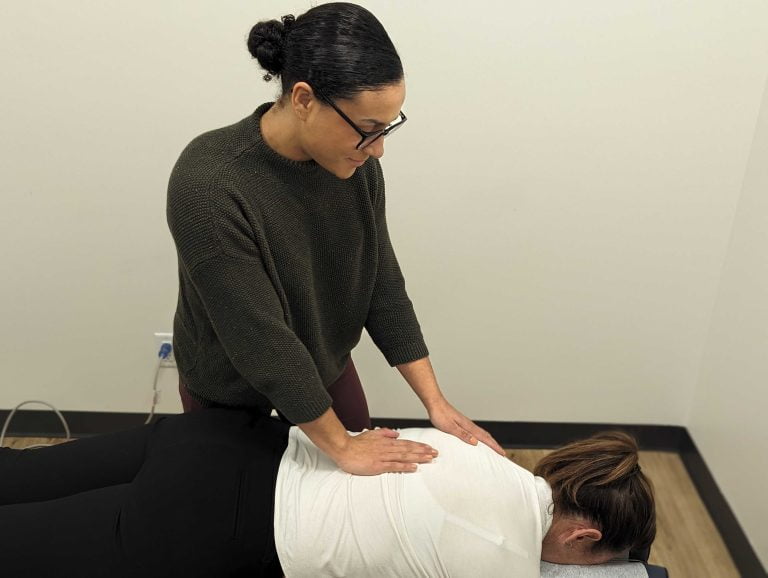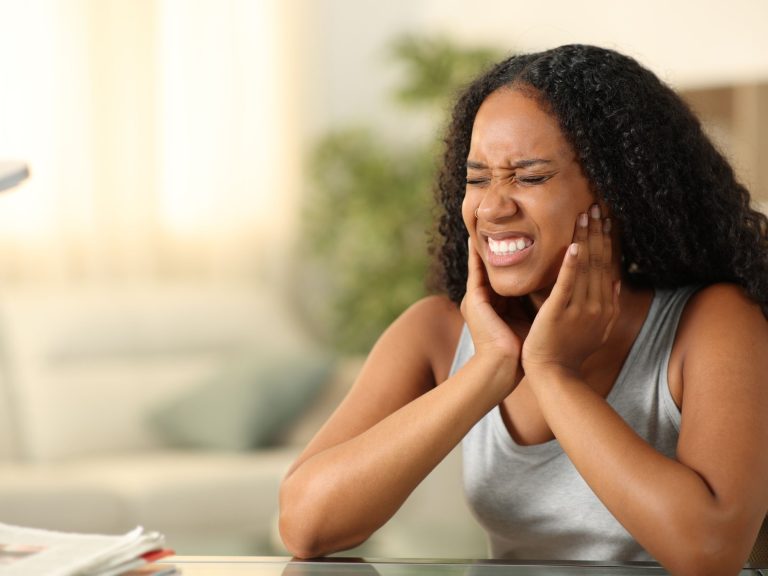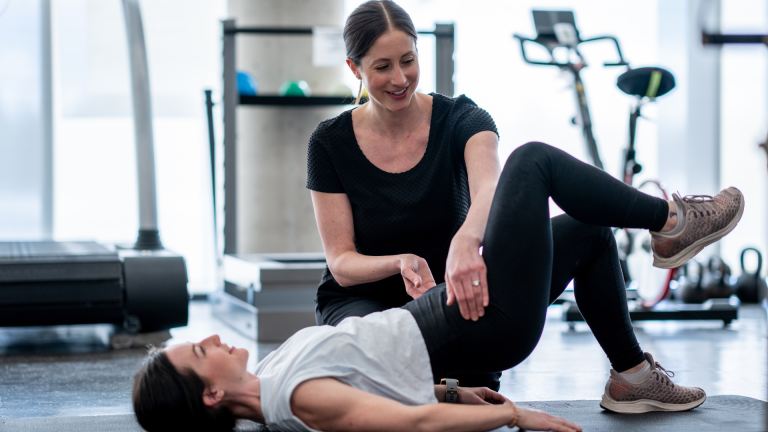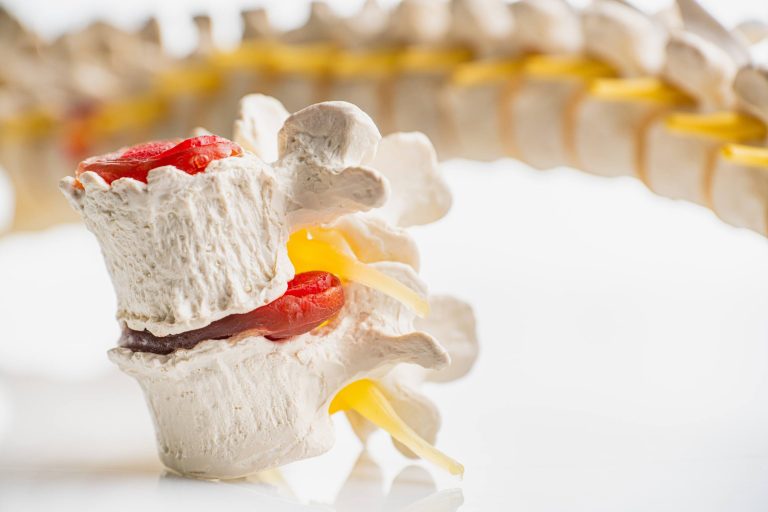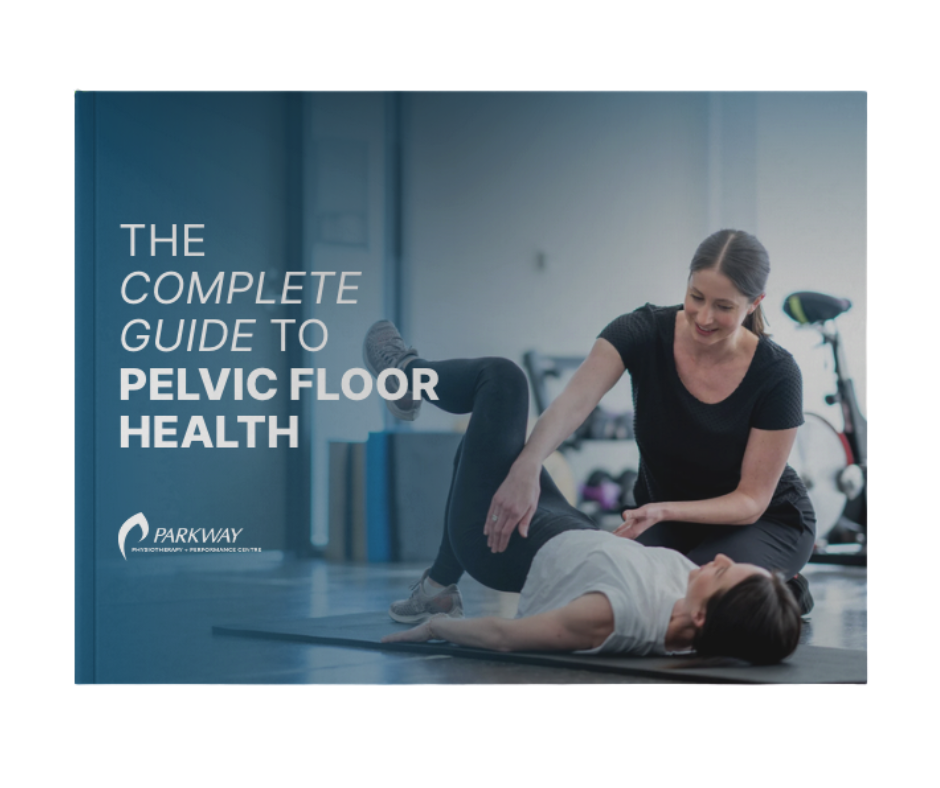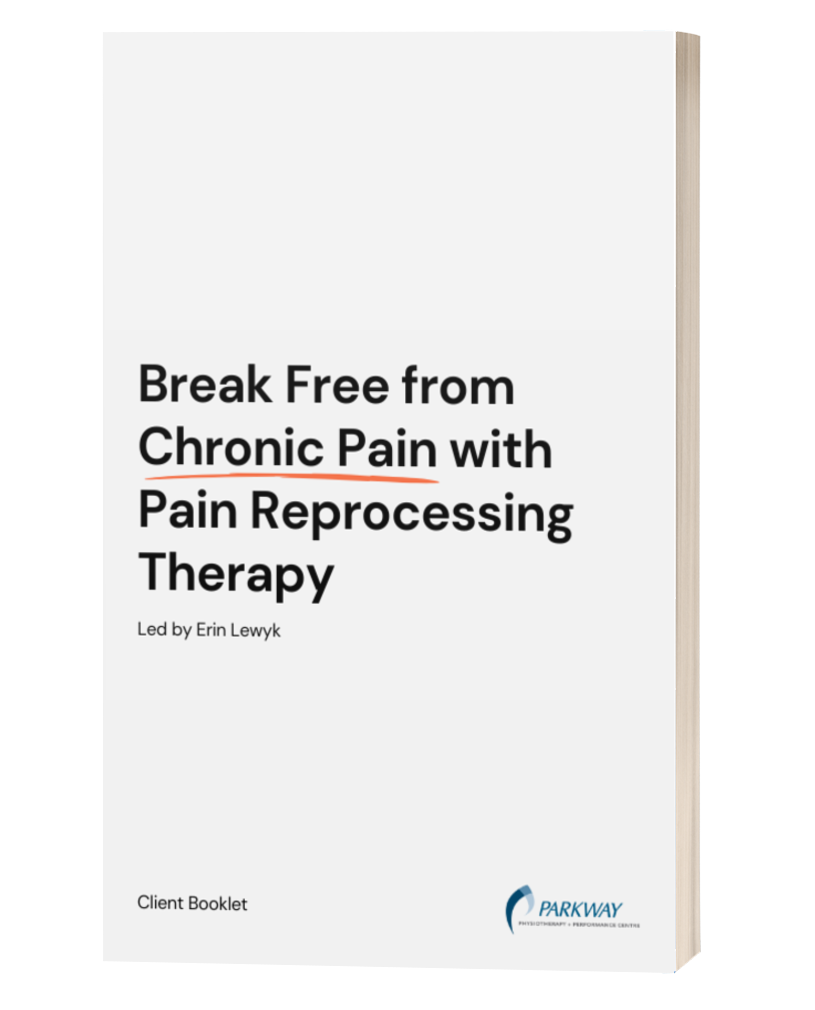The fingers have a system of flexor tendons that run along their length, secured by strong ligament bands called pulleys. These pulleys keep the tendons close to the bone so your fingers can flex effectively without bowstringing.
When a pulley is overloaded — most often the A2 pulley at the base of the finger — it can partially or fully tear. Climbers usually notice:
- A sharp “pop” during a move.
- Immediate pain and swelling at the finger.
- Weakness or pain when gripping, especially crimps.
- Sometimes visible bowstringing if the tear is severe.
The “Chill” Phase: Calming Down the Inflammation
Immediately after a pulley tear, the body enters an inflammatory phase where we are trying to calm the tissue down. This is when climbers are tempted to test their fingers too early — but restraint is crucial.
During this stage:
- Rest from climbing: Continuing to pull will worsen the injury.
- Reduce swelling: Ice and gentle compression in the first 48 hours can help manage pain.
- Protect the pulley: Taping may provide some support, but remember — tape does not replace a torn pulley.
- Exercise can begin to strengthen nearby muscle imbalances
Think of the “Chill” phase as setting the stage for healing. The main goals are to calm the tissue, reduce stress, protect the injured pulley, and start reversing any strength deficits that relate to the finger flexor tendon.
The “Build” Phase: Strength and Resilience
Once the acute pain and swelling settle, the next step is carefully building back strength. This is where rehabilitation really makes the difference between lingering problems and a strong recovery.
Key principles:
- Progressive loading: Start with gentle isometric holds and finger mobility work. Slowly increase load over weeks to stimulate tissue repair.
- Strengthening surrounding structures: Wrist, forearm, and shoulder stability all reduce finger strain. Eccentric wrist exercises and forearm conditioning support tendon recovery.
- Controlled grip training: Use tools like a hangboard with assistance (bands or partial weight) to reintroduce loading safely.
- Recovery and regeneration: Progressive loading is absolutely required but without the proper rest and recovery, gains are tough to find and can lead to a slower and more frustrating recovery period.
The Build phase is about progressive adaptation — teaching the healing pulley and tendon system to tolerate stress again.
The “Bridge” Phase: From Rehab to the Wall
Even after strength starts to return, there’s still a gap between rehab exercises and the demands of climbing. The Bridge phase is where climbers re-learn movement patterns and build confidence.
Practical steps:
- Gradual climbing exposure: Start with jugs and open-hand grips, avoiding crimps until later.
- Load management: Shorter, easier sessions with long rests prevent flare-ups.
- Sport-specific drills: Campus board? Not yet. Overhanging routes? Slowly. Each progression should mirror the demands of your climbing goals without overwhelming healing tissues.
This is also the phase to rebuild trust in your finger. Many climbers hold back out of fear of reinjury — guided exposure helps close that mental gap as well as the physical one.
Prevention Tips for Climbers
The best rehab is prevention. Finger pulley tears are common, but steps can reduce your risk:
- Warm up properly with easy climbing and mobility drills.
- Train antagonist muscles (extensors of the hand) to balance tendon load.
- Respect fatigue — most pulley injuries happen at the end of long sessions when grip strength is failing.
- Avoid over-crimping — mix in open-hand grips to distribute stress.
Final Thoughts: A Road Back to the Wall
A pulley tear can feel like the end of your climbing season, but with the right approach it’s a setback, not a dead end. By working through Chill (calming inflammation), Build (restoring resilience), and Bridge (returning to sport), climbers can return stronger, wiser, and more durable.
At Parkway Physiotherapy & Performance Centre, Rachel Rubin-Sarganis has helped many climbers navigate this exact journey. If you’re dealing with finger pain or suspect a pulley tear, connect with our team — together, we’ll build your bridge back to the wall.
Parkway Physiotherapy Tuscany Village
1646 McKenzie Ave #101, Victoria, BC V8N 0A3
Book Directly with Rachel: https://parkwayphysiotuscanyvillage.janeapp.com/Rachel

Written and reviewed by Rachel Rubin-Sarganis, MPT
Published on September 22, 2025
Last updated on September 25, 2025

